A new drone interception system called “Arkhangel” is being tested in Russia’s Kursk border region, according to a statement from the head of the volunteer drone initiative involved in the project.
The system was introduced as a countermeasure to Ukrainian drones operating both on the front and in rear areas inside Russia.
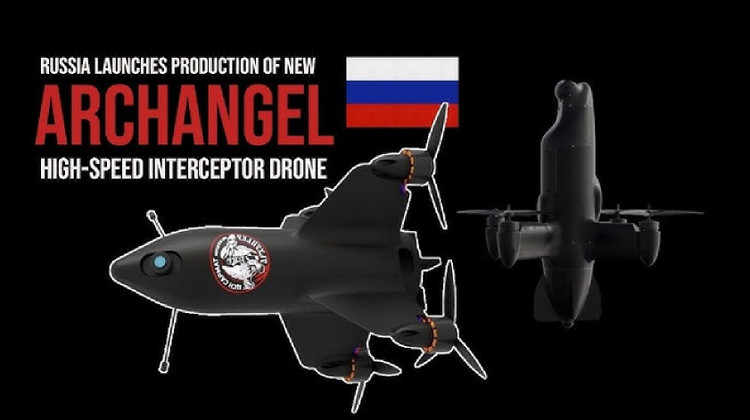
The announcement was made by Mikhail Filippov, head of the nationwide initiative called "Arkhangel", which started as a network of schools to train drone pilots. He said that Russian defense manufacturer Kalashnikov has started production of combat versions of its drones. Filippov said that the newly formed interceptor crews and mobile radar teams have now been deployed to the Kursk region for operational testing.
Filippov explained that the Arkhangelsk airframe is designed to act as an interceptor, supporting and expanding Russia's air defense network. He said the drone has no equal in speed and range, and was created to reinforce existing defenses, not replace them.
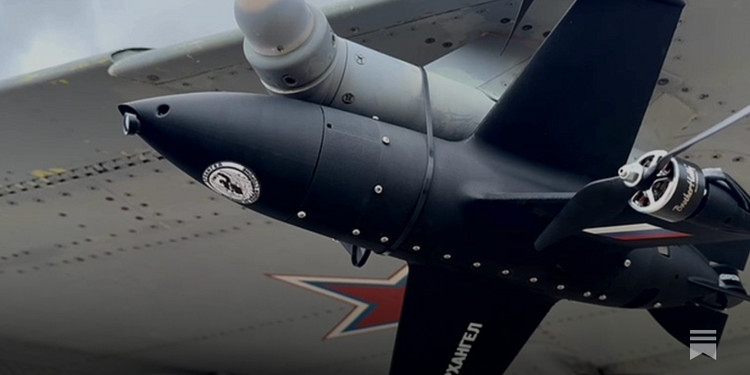
The Arkhangel drone is mounted under the wing of a Mig-29 fighter.
He described the threat picture from Russia’s perspective. According to Filippov, Ukrainian forces use reconnaissance drones to look for gaps in Russia’s air defenses. Attack drones follow those reconnaissance flights, looking to attack infrastructure, logistics sites, or military positions. He said Ukrainian drones are cheaper than the weapons typically used to shoot them down.
Filippov said Ukraine's reconnaissance drones cost the equivalent of several thousand US dollars, while Russian forces are often forced to use expensive missiles or wait to attack drones at very close range with machine guns.
He argues that this approach is unsustainable. He claims that the “Arkhangel” interceptor system is designed to address that economic imbalance by intercepting drones before they reach valuable targets.
According to Filippov, the interceptor can fly at a speed of about 360 kilometers per hour and operate at a range of up to 50 kilometers. He said Ukrainian reconnaissance drones typically fly at about half that speed.
The ability to quickly reach a target is key to the design, he added, adding that mobile teams equipped with radars could track incoming drones and guide interceptors to pursue them into open areas, away from infrastructure and populated areas, where they could be destroyed without further risk.
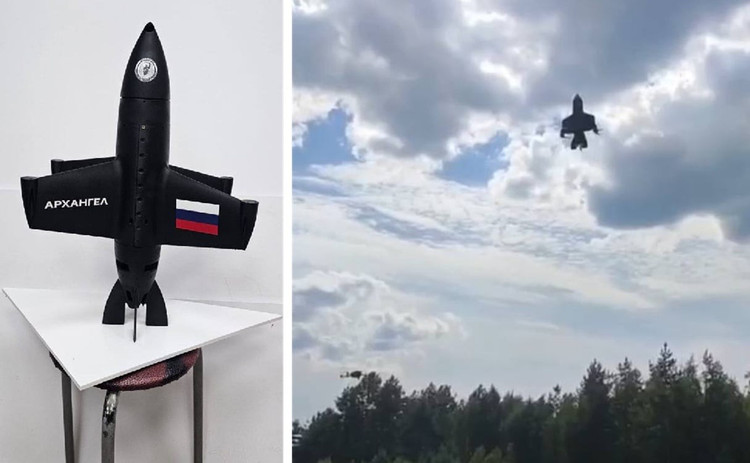
This interceptor drone is capable of taking off at a speed of 360km/h with a range of 50km.
Filippov stressed that the concept is aimed at preventing later attacks from causing more damage. According to him, stopping the reconnaissance drone early means preventing subsequent attack missions.
He also put the issue in economic terms, arguing that using expensive interceptor missiles against cheap drones would be a waste of resources and could not continue indefinitely. He argued that both sides in the war had come to the same conclusion, and the outcome would depend on which side could deploy new anti-drone technologies faster and in greater numbers.
The development of the Arkhangelsk interceptor reflects a broader shift in warfare driven by the proliferation of drones. Both Ukraine and Russia now use drones for surveillance, targeting and direct attack. The battlefield is increasingly defined by the ability to detect, pursue and destroy drones before they can report their location or release explosives.
Source: https://khoahocdoisong.vn/nga-phat-trien-drone-danh-chan-sieu-toc-gia-re-post2149068067.html





![[Photo] Unique art of painting Tuong masks](https://vphoto.vietnam.vn/thumb/1200x675/vietnam/resource/IMAGE/2025/11/14/1763094089301_ndo_br_1-jpg.webp)
![[Photo] Unique architecture of the deepest metro station in France](https://vphoto.vietnam.vn/thumb/1200x675/vietnam/resource/IMAGE/2025/11/14/1763107592365_ga-sau-nhat-nuoc-phap-duy-1-6403-jpg.webp)

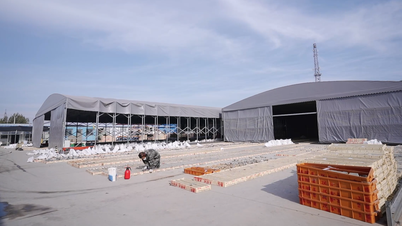


















![[Photo] Special class in Tra Linh](https://vphoto.vietnam.vn/thumb/1200x675/vietnam/resource/IMAGE/2025/11/14/1763078485441_ndo_br_lop-hoc-7-jpg.webp)

















































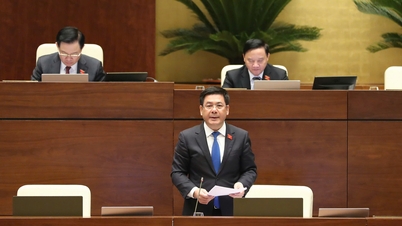



























Comment (0)